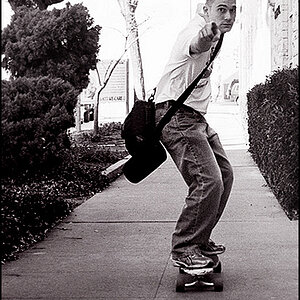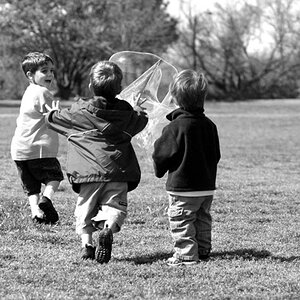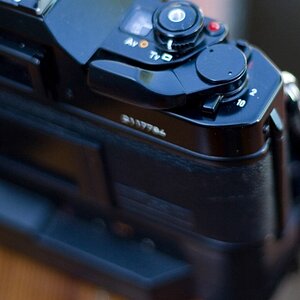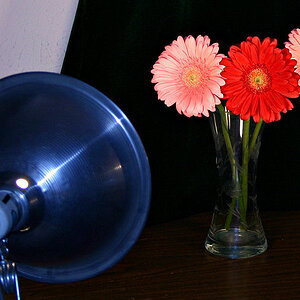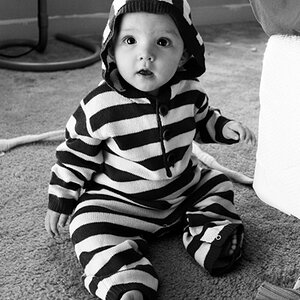Richard
TPF Noob!
- Joined
- Feb 23, 2007
- Messages
- 269
- Reaction score
- 0
- Location
- North Carolina, USA
- Website
- www.raeelle.com
- Can others edit my Photos
- Photos NOT OK to edit
Ok I understand that the 50mm is considered a standard lens. There is no spatial distortion or spatial compression at this focal length, expect if I am using a DSLR with a crop factor. So now my 50mm is a 75mm and is in telephoto length. My question is if I have a DX lens (digital lens) on my DSLR with a crop factor of 1.5 would my lens at 50mm be a standard lens or is it still considered a 75mm which has spatial compression?


 ). But if my teacher is correct about the 50mm lens not having this spatial compression then that would mean I could change my distance and there would be no compression with a 50mm with a full frame camera (the the subjects should look the same distance apart in the photo). Anyone disagree or agree?
). But if my teacher is correct about the 50mm lens not having this spatial compression then that would mean I could change my distance and there would be no compression with a 50mm with a full frame camera (the the subjects should look the same distance apart in the photo). Anyone disagree or agree?
